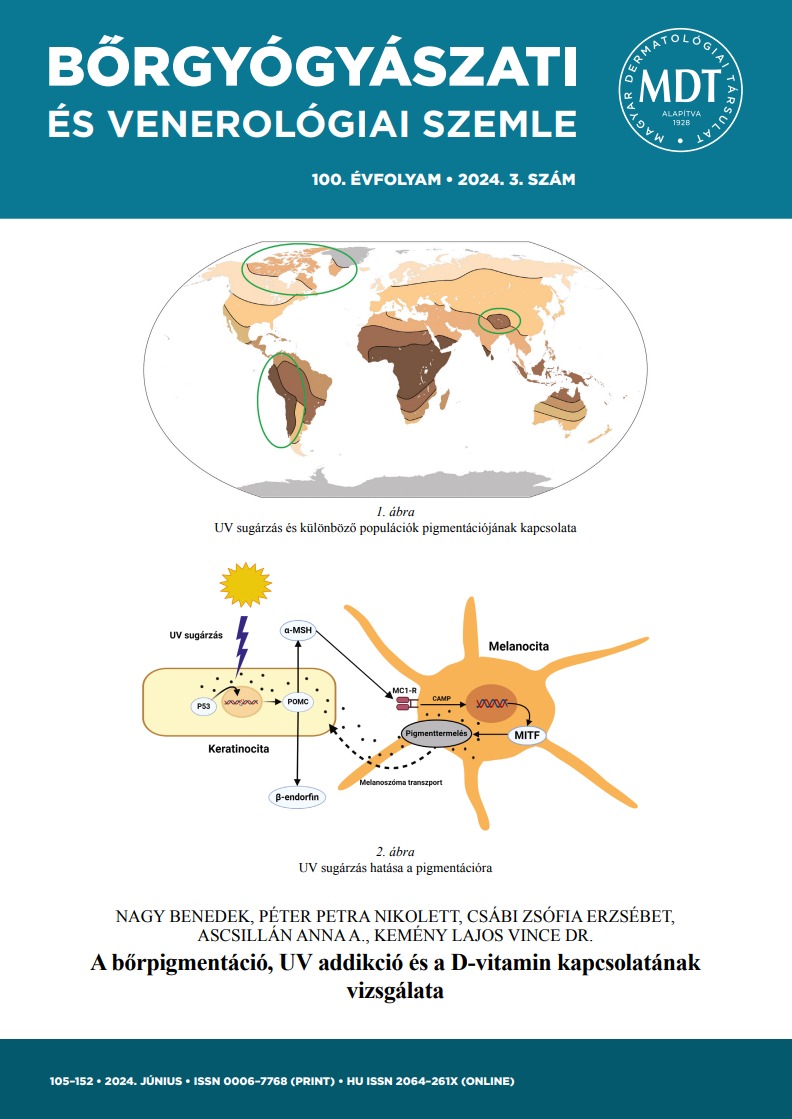New imaging modalities for determining the tumor margins of basal cell carcinoma
Abstract
Mohs micrographic surgery (MMS) is a highly effective treatment for basal cell carcinomas (BCC). It involves removing the tumor tissue after clinical assessment and immediately verifying the margins with frozen section histopathology. This ensures the highest level of margin evaluation and the highest cure rate of all currently available treatment procedures. Non-invasive imaging technologies, such as high-frequency ultrasound (HFUS), optical coherence tomography (OCT), line-field optical coherence tomography (LC-OCT), and reflectance confocal microscopy (RCM), offer promising alternatives to clinical assessment for defining presurgical margins. Here, we review four imaging techniques: HFUS, OCT, LC-OCT, and RCM for BCC margin determination. These modalities may streamline MMS, inform patients of expected defect size and reconstruction needs and cut procedure costs. This review aims to present the benefits and drawbacks of these techniques to help dermatologists understand how these imaging modalities may change BCC care.




